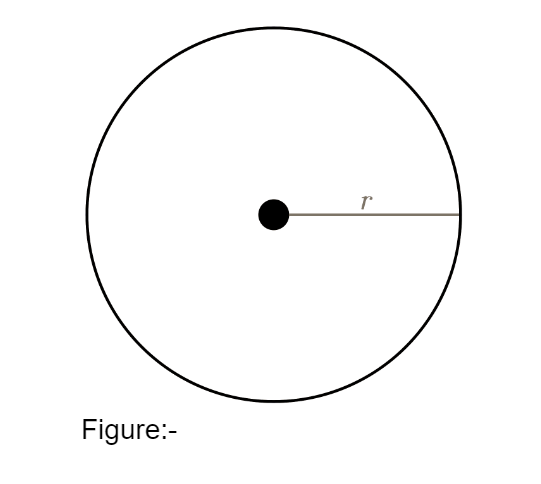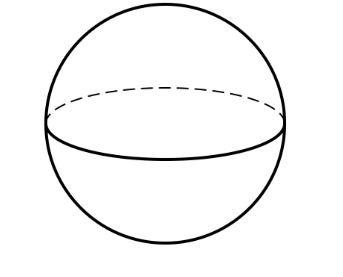A circle is a flat, round shape on a surface. It's made up of all points that are the same distance from a central point. A sphere is like a ball in 3D space. It's made up of all points that are the same distance from a central point, but in all directions. So, while a circle is flat, a sphere is round and takes up space.
Also Check: 4X4 Matrix Determinant | Determinant of Matrix | Determinants and Matrices
Introduction
A circle is a flat, round shape on a piece of paper or screen. It has a middle point and a distance from that point to any edge is called the radius. A sphere is like a ball in three dimensions. It also has a middle point and a radius that measures how far any point on its surface is from that middle.
The big difference between a circle and a sphere is their shape. A circle is flat, like a drawing on paper, while a sphere is like a ball that you can hold. Both are symmetrical, which means they look the same if you turn them around their middle.
Definition of Circle and Sphere
A circle is a flat shape that includes all points the same distance from a middle point called the center. The distance from the center to any point on the circle's edge is always the same.
A sphere is a round, three-dimensional object made up of all points equidistant from a central point called the center. Its surface is uniformly curved and the same distance from the center at every point. Think of it like a ball.
Diffrence Between area and Volume
What is a Circle?
Circle is a two-dimensional shape defined by all points that are the same distance from a central point. The central point is called the center of the circle and the distance from the center to any point on the circumference of the circle is called the radius.
Circles are symmetrical, meaning that they have rotational symmetry around the center. This symmetry gives circles the property of being round, and the circumference of a circle is always a smooth, continuous curve

What is a Sphere?
A sphere is a round, three-dimensional shape. It's made up of all the points that are the same distance from a center point. This center point is called the sphere's center, and the distance from this center to any point on the sphere's surface is called the radius. Think of a sphere like a ball. Its surface is smooth and curved, and every point on it is the same distance from the center. This makes a sphere symmetrical, meaning it looks the same from any angle.

Difference Between Circle and Sphere
Here's a comparison of the differences between circles and spheres are:-
|
|
|
|
|
|
|
|
|
|
|
|
|
|
|
|
|
|
|
|
|
Formulas of Circle And Sphere
|
|
|
|
|
|
|
|
|
|
|
|
Frequently Asked Questions
Area refers to the amount of space inside a 2D shape, like a circle or rectangle. Surface area is the total area of all the faces (surfaces) of a 3D object, like a cube or sphere.
Area and volume are different. Area measures the flat surface of an object in two dimensions, like the floor of a room. Volume measures the space an object takes up in three dimensions, like how much water a bucket can hold. Area is measured in square units (like square meters), while volume is measured in cubic units (like cubic meters).
In a right circular cylinder, the total surface area includes the curved surface around its side and the areas of the two circular bases. This total area is like measuring the surface you'd need to paint on a square wall of a hall.
The surface area is how much space all the faces of a 3D object take up. For instance, if you want to know how much paint is needed to paint a cube, you'd measure the cube's surface area. It's always counted in square units.